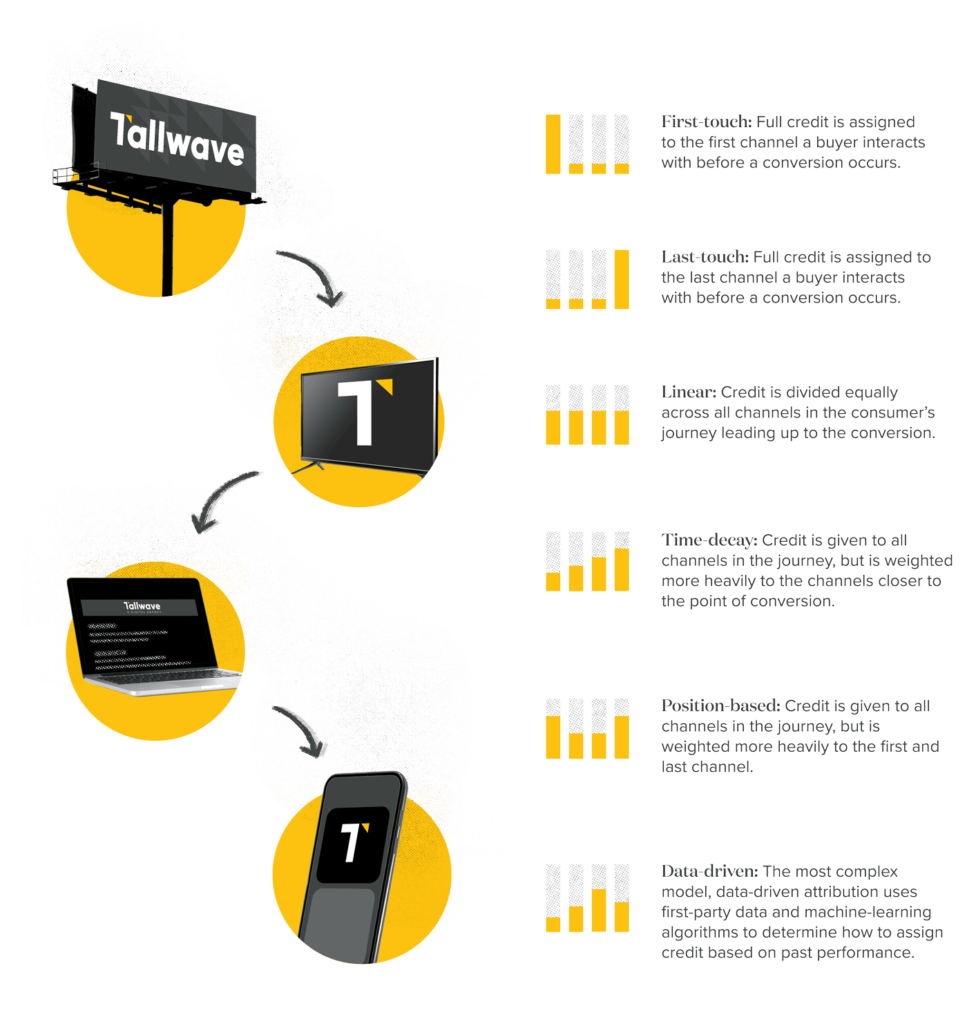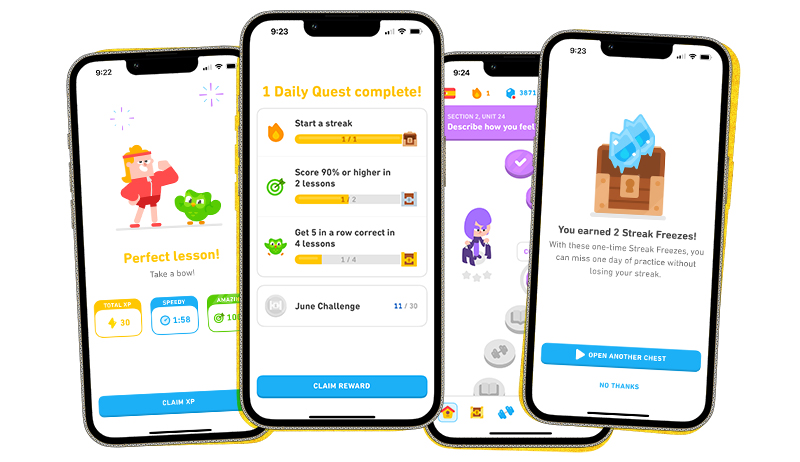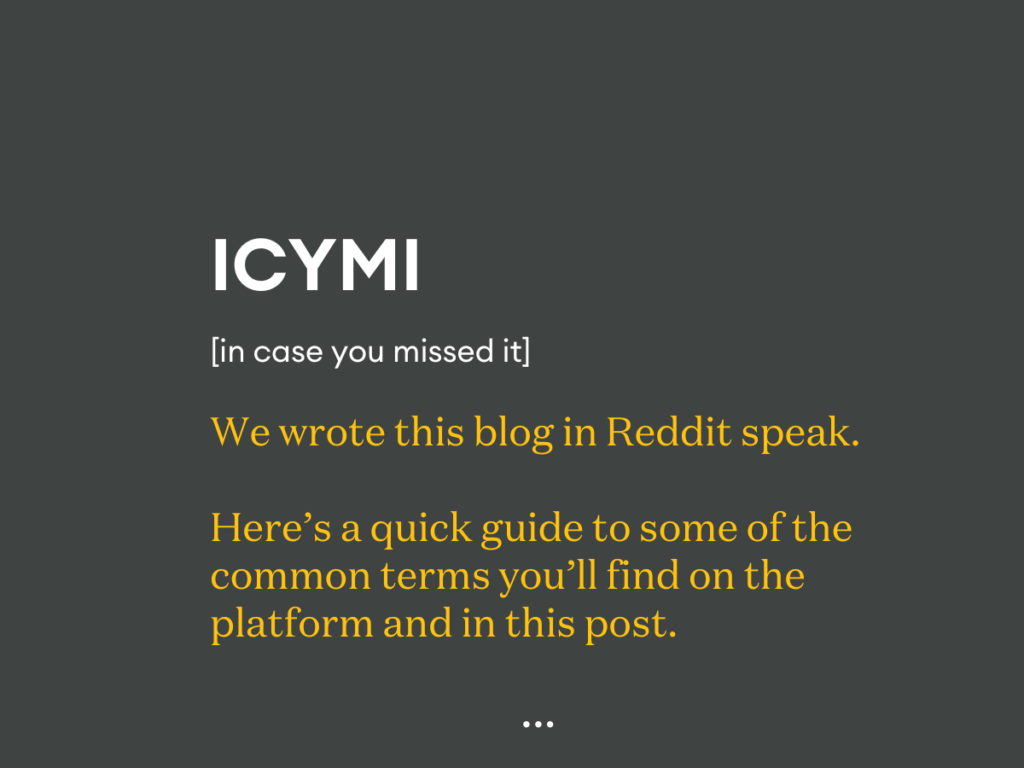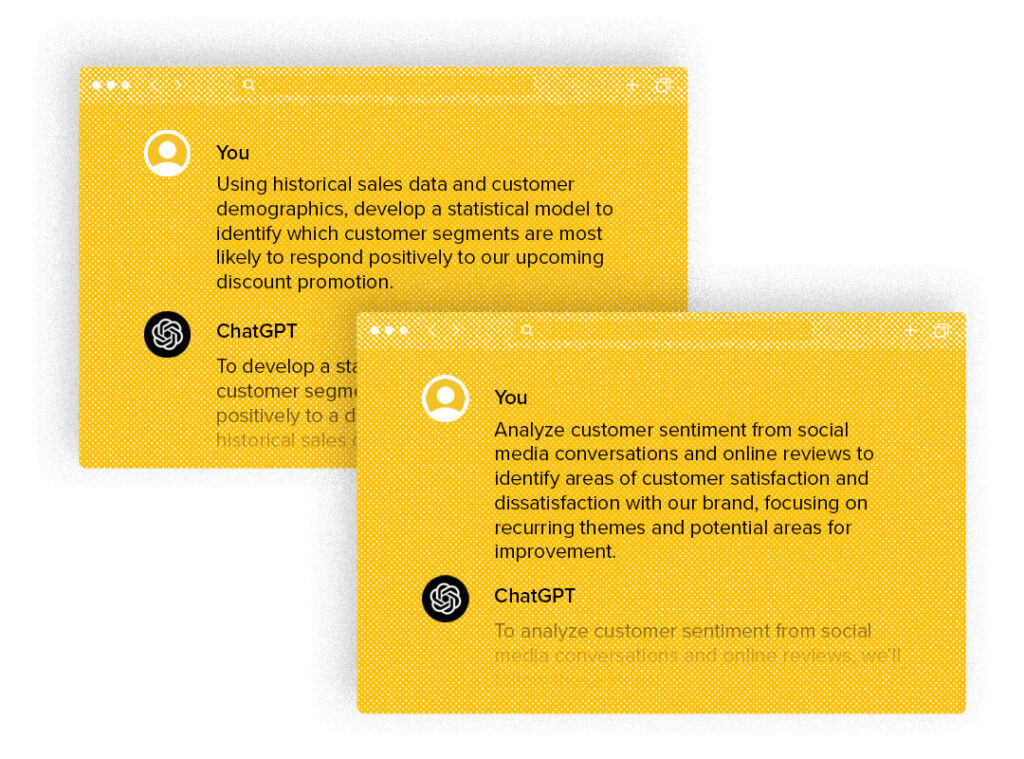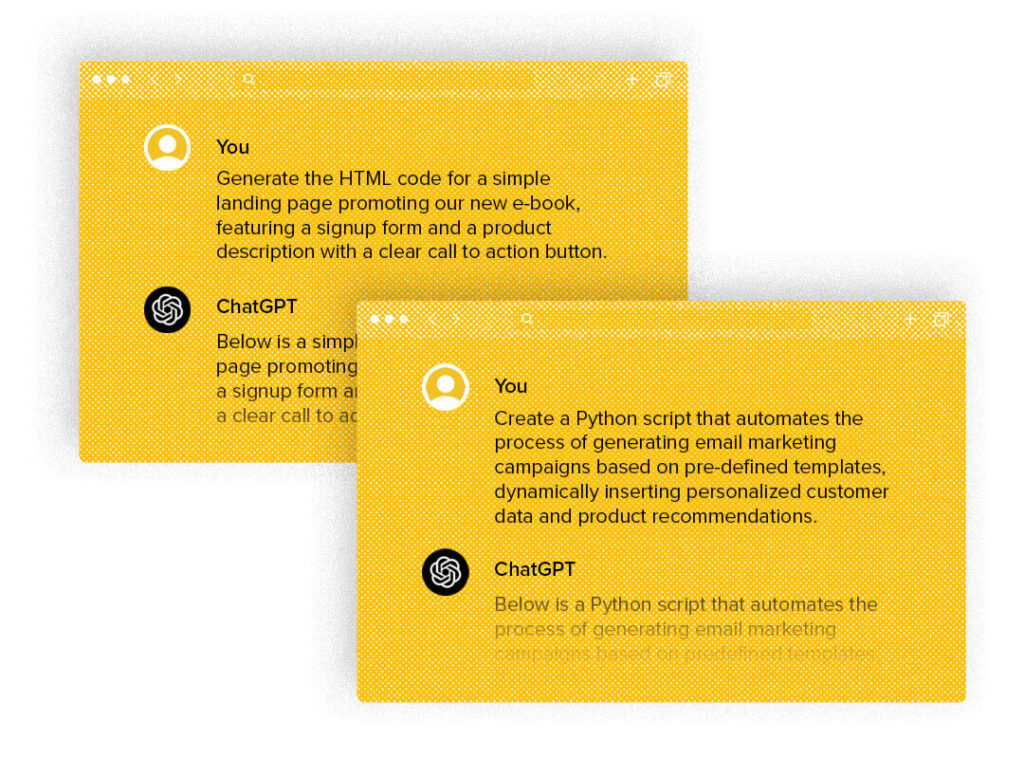In a world where we are constantly bombarded with content to consume and seemingly endless notifications, brands need to stand out amongst the noise. The real magic happens when a brand can cut through the clutter and strike a chord with its audience, and the best way to do that? Crafting a powerful story. Authentic brand storytelling isn’t just about slapping a mission statement on your website or coming up with clever taglines. It’s about building a connection that makes your audience feel something: something real, something memorable.
When done right, storytelling can transform your brand from a faceless entity into a relatable, trustworthy friend. Authentic brand storytelling isn’t just a marketing strategy; it’s the foundation for building trust, loyalty, and growth in today’s hyper-competitive landscape.
What is authentic brand storytelling?
Let’s start with the basics: what exactly is authentic brand storytelling? Simply put, authentic brand storytelling is the process of crafting a genuine narrative around your brand that goes beyond the products or services you offer. It’s not about features and benefits; it’s about why your brand exists, what values it embodies, and the journey that brought it to life. Compelling, authentic stories offer a window into the soul of your brand, helping you build trust and resonate with your audience in a way that feels genuine.
Unlike traditional marketing, brand storytelling isn’t about pushing a sales message. Instead, it’s about engaging your audience on an emotional, value-driven level and inviting them to be a part of your journey. Consumers are more savvy and skeptical than ever, and they can often see right through inauthentic branding efforts. For instance, BP faced significant backlash for attempting to rebrand itself as eco-friendly, despite its long-standing role in fossil fuel production — a clear example of greenwashing that consumers quickly recognized as insincere. Authentic brand storytelling avoids this pitfall by staying true to your brand’s core values and being transparent about its challenges and aspirations
Why is authentic brand storytelling important?
Consumers are more skeptical than ever and authentic brand storytelling provides a powerful way to build trust. Let’s face it: people don’t just buy products, they buy stories and experiences. Studies show that emotions and values drive consumer behavior far more than logic. So, if you want your marketing strategy to influence and inspire, you need to connect on a human level.
When brands tell stories that evoke emotions and showcase shared values, they create lasting connections with their audience. By sharing your brand’s story, you’re inviting customers to see the world through your lens, to empathize with your challenges, and to celebrate your victories. And this isn’t just good for brand sentiment; it’s good for business. Emotional connections lead to increased customer loyalty, advocacy, and lifetime value.
In our emotional era: The impact of a great story
The power of a great story lies in its ability to make people feel. Think of brands like Nike or Apple: brands that don’t just sell products; they sell a vision, a lifestyle, a story. Nike’s long-running “Just Do It” campaign isn’t about shoes and gear; it’s about overcoming obstacles and pushing limits. Apple doesn’t just sell technology; it sells innovation and creativity.
Just look at Taylor Swift. She isn’t just a musician; she is a masterful storyteller. Her songs aren’t just bops; they’re chapters of her life, with each lyric drawing fans into her experiences of love, heartbreak, and growth. Through her storytelling, Taylor has built a brand that resonates deeply with her fans, creating a community of listeners who feel like they’re right there with her, living out the highs and lows of her journey.
Great storytelling, whether from a brand like Nike or Apple or an amazing artist like Taylor Swift, does more than entertain: it creates a connection. Brands that tap into their audience’s emotions can influence purchasing decisions, build loyalty, and create passionate advocates.
And it shows on the bottom line. According to a study published by Harvard Business Review, emotionally connected customers are more than twice as valuable as highly satisfied customers. They buy more, stick around longer, and spread the word. That’s the true power of authentic brand storytelling: it transforms brand-customer relationships from transactional to transformational.
Values at the heart of your brand story
At its core, brand storytelling is about more than just words; it’s about the values you live by. In a world where 64% of consumers say shared values are the main reason they have a relationship with a brand, it’s essential to define and communicate what your brand stands for.
How to uncover your brand’s unique story
To create a compelling brand story, you need to start by asking yourself some essential questions:
- What inspired the creation of your brand?
- What makes your service, product, or offering unique?
- What values drive your team every day?
- What change do you hope to see in the world?
These questions will help you dig deeper and find the human element in your brand. Consumers are drawn to brands with purpose, those that are authentic and transparent in their messaging. When you align your story with the values you hold dear, you attract an audience that resonates with your mission and is more likely to become loyal supporters.
More real-world examples of values-driven storytelling
Let’s look at a few examples:
Dove, for instance, has built an entire brand around the value of self-esteem. Their “Real Beauty” campaign isn’t about selling soap or shampoo; it’s about challenging beauty standards, promoting body positivity, fighting for racial equity, and even shutting down toxic masculinity.
Then there’s Patagonia, a brand we’ve mentioned before when talking about green marketing, that consistently uses its platform to advocate for environmental conservation. Every story they tell reflects their commitment to sustainability, drawing in customers who care about the planet.
Ben & Jerry’s has long embraced values-driven storytelling, making it a powerful example of how brands can authentically align their products with their beliefs. In 2024, Ben & Jerry’s continues to be a vocal advocate for social justice, focusing on climate action, racial equality, women’s health, and voting rights. They don’t just stop at selling ice cream; they leverage their platform to raise awareness, advocate for change, and even support legislation on these pressing issues. By putting activism front and center, Ben & Jerry’s has built a community of consumers who share their passion for positive change, proving that taking a stand can foster loyalty and inspire brand advocacy.
Crafting an authentic brand story: The essential elements
Creating a compelling brand story is about much more than just words. To resonate with your audience, your story should follow a few key elements:
The hero of the story (Hint: it’s not who you think it is)
While it’s tempting to put your brand at the center, remember this: the hero of your story isn’t you. It’s your customer. Your brand is the guide, helping the hero (your customer) overcome obstacles and achieve their goals. This narrative structure is familiar and effective, making it easier for audiences to see themselves in your story.
Plot structure
A strong brand story typically follows a classic storytelling arc: introduction, conflict, and resolution. The hero faces a challenge, your brand provides a solution, and together, they overcome it. This journey isn’t just about selling a product; it’s about showing how your brand adds value to your customers’ lives.
Visual storytelling
Visual elements play a critical role in making your brand story memorable. From consistent imagery and color schemes to the tone of your social media posts, every piece of content should reinforce the overarching story. Think of brands like Lego or Coca-Cola or Airbnb, where every visual element feels cohesive and intentional.
Integrating authentic brand storytelling across platforms
Once you’ve crafted your brand story, it’s time to share it with the world. Here’s how you can leverage various marketing channels to maximize the impact:
Social media
Social media is a goldmine for storytelling. Whether through Substack, Instagram Stories, long-form LinkedIn articles, or TikTok videos, you can share short, engaging snippets that showcase your brand’s personality. Consider using branded hashtags to encourage user-generated content, which reinforces your story from multiple angles.
Content marketing
Blogs and email newsletters are an excellent way to dive deeper into your brand’s story. By sharing behind-the-scenes content, customer success stories, and thought leadership pieces, you can build trust with your audience and establish your brand as an authority in your industry.
Video and multimedia
Video is one of the most powerful storytelling mediums, allowing you to bring your brand’s story to life with rich visuals and sound. Whether through brand documentaries, customer testimonials, or how-to videos, video content can evoke emotions and create memorable experiences that stick with your audience.
Let Tallwave help you tell your story
Authentic brand storytelling is the bridge between your brand and your audience. It’s the heartbeat of your marketing strategy, driving connections, trust, and growth. If you’re ready to uncover and share your brand’s unique story, Tallwave is here to help. Let us guide you in building a narrative that reflects your values, elevates your brand, and drives your business forward. We’re ready when you are.



